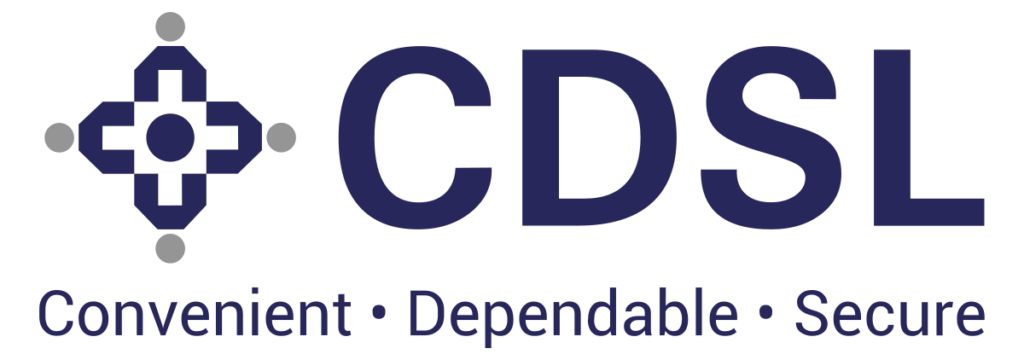Central Depository Services Limited (CDSL) is one of the two depositories in India. It was founded in
the year 1999 to hold securities such as stocks, bonds, and others in the digital format. While the
face of trading and investment service providers are the brokerage houses, however, Depositories
are the primary source of most of the services provided by the brokers. Brokers are only a part of
Depositories.
In this article, we will primarily focus on the CDSL business model and how it makes money while also explaining its role in the stock market.
What is the role of CDSL in the Indian share market?
CDSL being a depository, it works like a bank where the securities are held in electronic format. They
offer the Demat account to the investors/ traders, which hold the securities. When there is a purchase transaction, securities are deposited (credited) to the Demat account upon completion of the transaction, and securities are debited when the trader sells the securities, isn’t it similar to how a bank functions?
You must be wondering why CDSL is so important to the stock market and what are its functions of
CDSL? So, holding securities in the Demat account is just the primary function of the institution. The
other functions are as follows –
- Dematerialization and rematerialization of share certificates
- CDSL provides and maintains the Demat accounts offered to the clients by its depository participants (DP). It also takes care of any changes made in the account details.
- Pledging of securities
- CDSL processes all the delivery and receipt instructions for all orders received from DP’s terminal
- Settlement of trading orders
- Facilitating transfers – both market and off-market transfers
- Settlement of accounts
- It shares details of shareholders with the companies and also shares details of dividends and other benefits from the companies with the shareholders.
How does CDSL generate revenue?
Even if you are a trader or an investor, and knew about what CDSL does, have you ever thought about how CDSL makes money? If not, then here are the details of the business model of CDSL.
It has around 592 registered depository participants in India as per its last annual report and more than 26689 service centers. The total revenues of the institution for the financial year (FY) 2021 were Rs. 401 crore and the Profit after Tax (PAT) was Rs. 201 crores. The PAT grew by 89% in a year that is from Rs. 107 crores in FY 2020 to Rs. 201 crores in FY 2021 while the revenue increased by 41% that is from Rs. 284 crores to Rs. 401 crores. Are you now wondering how CDSL makes money?
If so, let’s take a look at the sources of their revenue.
- The annual issuer charges: Every company (listed issuer of securities) pays annual charges to the depository as per SEBI’s guidelines, this is one of the major sources of recurring income for CDSL. In FY 2021, the collected annual issuer charges were Rs. 8611.89 lakhs. The annual issuer charges comprise around 25% of the total revenue of CDSL as per its latest report.
- Transaction charges: The next source of revenue is transaction charges and it is also the most significant source as it comprises around 35% of the total revenue as per the last report of FY 2021. Transaction charges are a fixed amount that the DP has to pay to the depository – CDSL for making any transactions (done by the investors/ traders). The transaction charges are paid by the trader/ investors and DP collects the same and deposits the amount with the depository. In FY 2021, the transaction charges collected by CDSL were Rs. 11910.99 lakhs.
- Online data charges: Then CDSL charges for online data as well which makes up to 16% of its revenue (FY 2021). The primary charge collected under this segment is for KYC creation which is a one-time fee and then there are other charges for fetching data as well. In the financial year 2021, CDSL made Rs. 5616.77 lakhs from online data charges.
- IPO and corporate actions charges: CDSL made around Rs. 3285.55 lakhs from IPO and corporate actions charges in FY 2021. These are the charges paid by the issuer companies for facilitating IPO and other corporate actions by crediting the securities in the investors’ Demat account.
- Other segments: While the above-mentioned four categories make up the most of the revenue, there are a few other charges such as e-voting charges, ECAS charges, document storage charges, and others that add up to the revenue stream.
Conclusion
Thus, the CDSL business model has multiple sources of revenue which helps the institution to run its
business smoothly. With the growing popularity of the stock market and younger people investing in the market, the revenue of CDSL is sky-rocketing as suggested by its annual reports.

